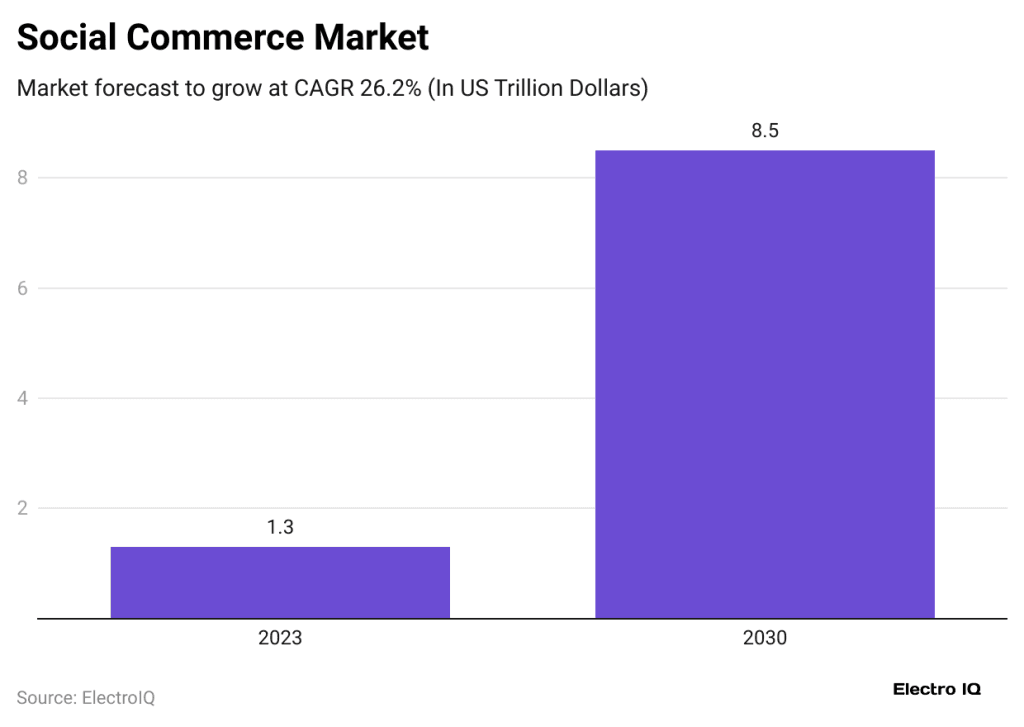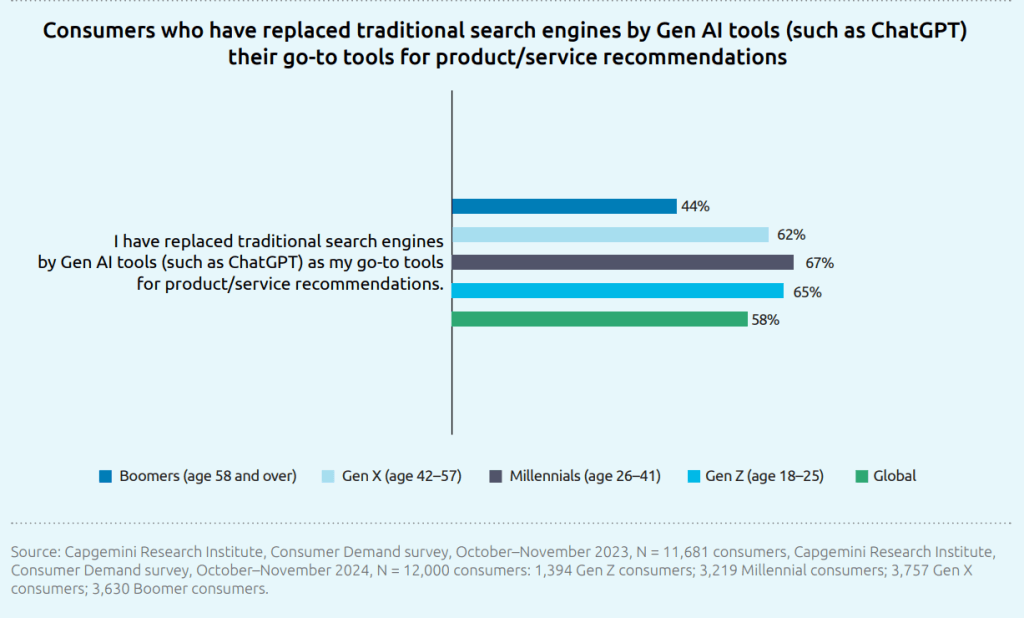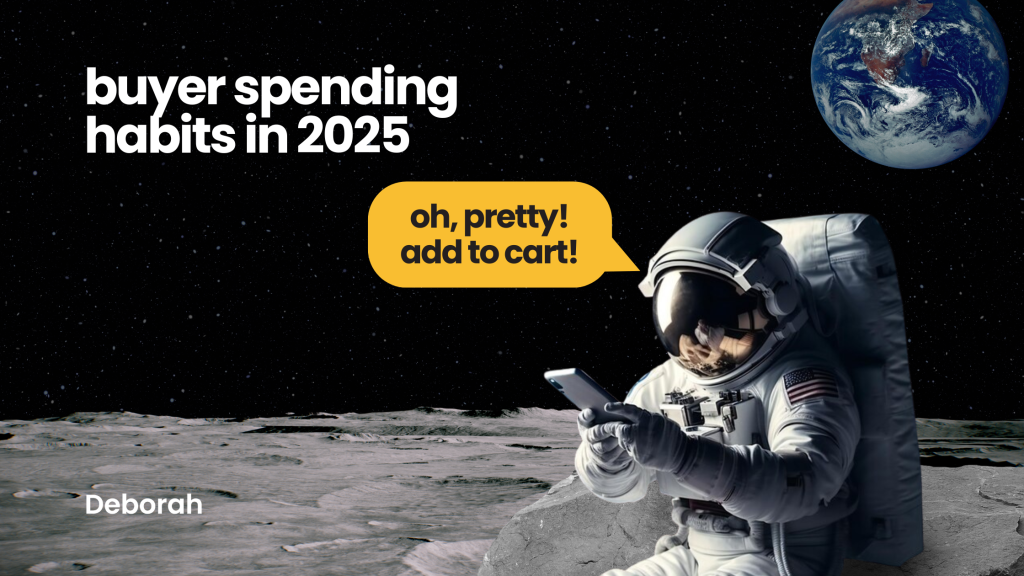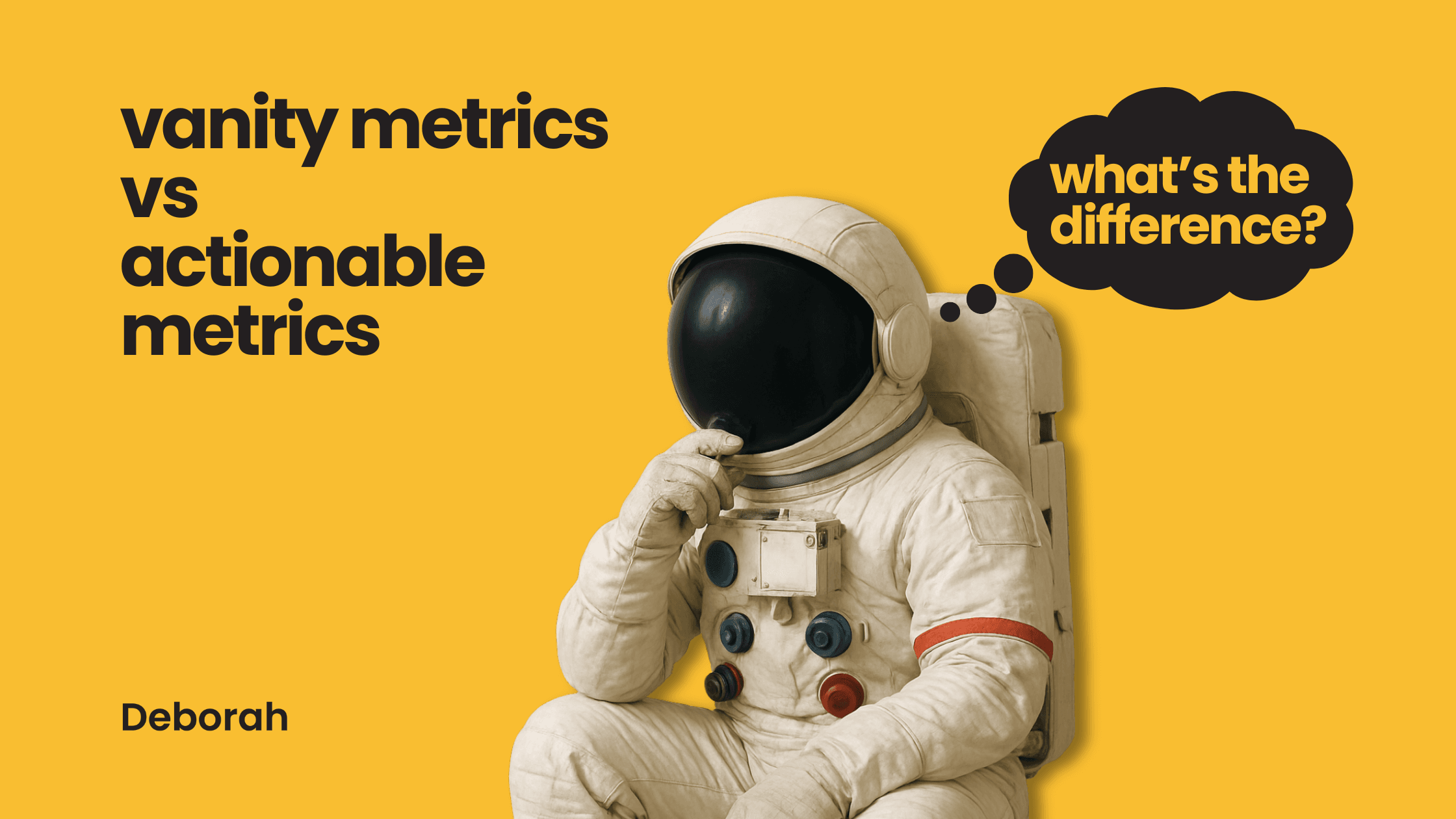- Share on Facebook
- Share on X
- Share on LinkedIn
- Share on WhatsApp
- Share on Viber
- Share on Reddit
- Share on Threads
Table of Contents
Buyer spending habits in 2025 are changing as a result of global economic changes, new technology, and a shift in values after the pandemic. As a result, trends like online shopping, ethical buying, personalized experiences, and shopping through social media are becoming more common.
Consumers are more careful about who they buy from. Around 70% are willing to pay more for products made in a fair or sustainable way. Trust matters too, as 41% of shoppers only buy from brands they know and trust. Buyers also expect a more personal experience, with 66% saying brands should understand their needs and adjust accordingly. Social media is turning into a major sales channel, with social commerce expected to reach nearly $3 trillion by 2026.
Consumers are focused on value
In 2025, buyers are prioritizing value over brand loyalty. Rising living costs and inflation are pushing consumers to be more selective with their spending. Research shows that 80% of consumers now compare prices and product benefits before making a purchase. Many rely on price-comparison tools, and peer recommendations to make buying decisions.
Brand loyalty has declined. A recent survey found that 57% of consumers have switched brands in the past year due to better pricing or perceived value elsewhere. You can especially notice this shift among younger consumers, who are more likely to explore new options if they offer better utility or cost.
For marketers, this means that brand messaging has to clearly communicate product value. It’s not essential to emphasize features, benefits, and be transparent with pricing for converting and keeping customers. Buyer spending habits in 2025 reflect a shift toward practical, research-driven decisions, where perceived value often outweighs brand loyalty.

WeCanTrack
Social commerce is becoming more popular
Social media platforms are turning into major shopping channels. Global social commerce sales are projected to reach $821 billion in 2025, marking a 17.4 % increase from 2024’s $699 billion. In the U.S. alone, social commerce will nearly reach $80 billion by the end of 2025 . By 2026, total global social commerce sales are expected to exceed $2.9 trillion.
Over half of social media users globally make purchases directly through platforms like Facebook, Instagram, and TikTok. In the U.S., more than 100 million people (about 46 % of users) bought via social media in 2024. For digital marketers, this shift demands content and ads designed for in-app purchase, easier checkout, and social proof through influencer and peer recommendations.

AI is changing the shopping process
The customer journey is now changing due to AI. It’s affecting every stage, including the discovery, purchase and post-sale support. In 2025, consumers want AI-driven personalization and more e-commerce businesses are using AI tools. Here’s the breakdown:
- 62 % of consumers expect AI-driven personalization.
- 84 % of e-commerce companies have adopted AI tools.
- AI recommendations reduce cart abandonment by 20 %, and chatbots handle up to 80 % of inquiries
- 71 % of consumers want generative AI integrated into their shopping experience
For digital marketers, this means making sure websites and content are easy for AI tools to understand and use. Clear, helpful experiences powered by AI can make customers more confident and more likely to buy.

Customers are cutting back on subscriptions and choosing brands more carefully
In 2025, many consumers are reducing the number of subscription services they use due to cost concerns and subscription overload. This “subscription fatigue” leads buyers to prefer one-time purchases or flexible payment options.
Brand loyalty is also more selective. A recent study found that
- 70% of consumers switch brands because they like experimenting.
- 46% switched because they heard a positive product review from a social media influencer.
Marketers need to offer clear options and transparent pricing to keep customers engaged and reduce bounce-rates.

Local and niche brands are growing in importance
Consumer preferences show a clear shift towards supporting local businesses and looking out for niche products. A recent survey found that 75% of consumers are willing to spend more to support neighborhood shops. This shows that many buyers care about helping their community and want to buy from brands they feel connected to.
At the same time, people are looking for products that are unique or made for specific needs. While exact numbers aren’t always available, it’s clear that more shoppers, especially younger ones, like brands that offer something different from big, mass-market companies.
This means focusing on local advertising and getting involved in the community. Highlighting what makes your products special, such as handmade quality or local ingredients, can help you attract customers who want something authentic and meaningful.
In short, local and small brands have a chance to stand out by showing what makes them different and by building strong connections with their customers.
The growing role of mobile shopping in 2025
Mobile commerce has become the primary shopping method for most consumers. This shift creates new requirements for digital marketers who need to change their strategies. The following data shows why mobile can no longer be treated as secondary:
- Global m-commerce sales will total $6.5 trillion in 2025, representing 75% of all e-commerce transactions.
- 59% of online shoppers prefer mobile apps over websites due to better performance and personalization.
- 44% of U.S. retail e-commerce sales are done via cell phones, with Generation Z driving 72% of mobile searches while shopping in-store.
- Cart abandonment rates remain high on mobile (75,5%) but drop to 20% in apps.
Several factors are causing this mobile shopping growth. Smartphone adoption now covers 70% of the global population, with Asia-Pacific region leading at 62% mobile internet traffic. Payment innovations like mobile wallets and Buy Now, Pay Later services account for most transactions. Social commerce continues expanding, as half of consumers are buying directly through platforms. However, technical limitations still cause mobile sites to under perform compared to apps by 157%.
Marketers should focus on these 3 priorities regarding
- Developing shopping apps or progressive web apps to improve conversions
- Optimize their shop for voice search and simplify the checkout
- Let customers try products with augmented reality (AR)

Conclusion
Buyer behavior in 2025 has changed, as people now focus on getting value, shopping easily on mobile and social platforms, and buying from brands that act ethically.
Key takeaways:
1. Value is the starting point: 80% of consumers compare prices and 57% switched brands for better value last year.
2. Social commerce requires smooth execution: $821b in global social commerce sales expected by the end of 2025 and 46% of U.S. users buy directly through social platforms.
3. AI Personalization is crucial: 62% expect AI-driven customization and AI recommendations reduce cart abandonment by 20%.
4. Mobile optimization dictates success: 75% of e-commerce occurs over mobile devices and apps convert 157% better than mobile sites.
In 2025, the way people make buying decisions has clearly changed. Most shoppers now look for good value, prefer simple and fast shopping through mobile apps or social media, and care about whether a brand acts responsibly and ethically.
FAQ
1. What are the main factors influencing buyer behavior in 2025?
Buyer behavior in 2025 is shaped by rising living costs, digital transformation, post-pandemic value shifts, and increased demand for ethical and personalized shopping experiences. Consumers are more selective and value-driven than ever before.
2. Are people still loyal to brands?
Not as much as before. Around 57% of consumers switched brands in the past year for better pricing or perceived value. Brand loyalty is being replaced by a focus on utility, price, and trust.
3. How are social media platforms changing shopping habits?
Social platforms are now major sales channels. In 2025, global social commerce is projected to hit $821 billion, and nearly half of U.S. users have made purchases directly through platforms like TikTok and Instagram.
4. What role does AI play in online shopping now?
In 2025:
62% of buyers expect personalized AI-driven experiences
84% of e-commerce brands use AI tools
AI helps reduce cart abandonment and improve customer service through chatbots and recommendations
5. Are subscription services still popular?
They’re declining. Many consumers are experiencing subscription fatigue and are opting for one-time purchases or flexible payments. Simpler, transparent pricing is now more appealing.
6. How important is mobile shopping in 2025?
It’s essential. 75% of all e-commerce sales happen on mobile, and mobile apps convert significantly better than mobile websites. Buyers expect fast, intuitive, mobile-first experiences.





